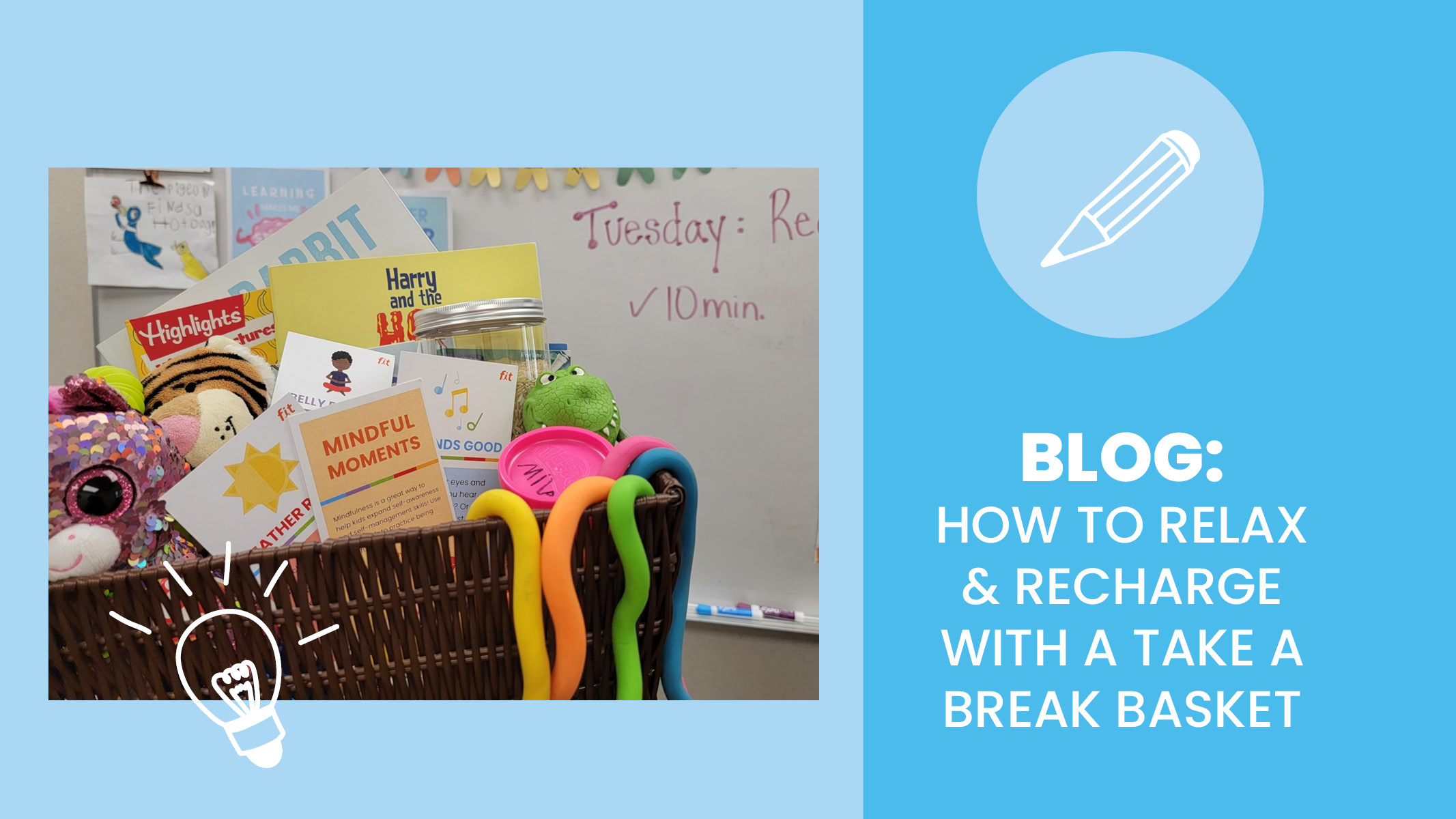Serving sizes are found at the top of a nutrition label and are specifically measured amounts that are used to identify the calories and nutrients that are in a food. According to a registered dietician with Sanford Health, “A serving is a measured amount of food that reflects what the nutrition is in that particular amount.” Examples of a serving size can be:
- 1 slice of bread
- 1 6-inch tortilla
- 1 cup of milk
Some packaged foods will contain more than one serving per container so keep that in mind when you look at the nutrient measurements on the rest of the label.
Serving sizes are not a recommendation on how much to eat because a serving size on a nutrition label is based on a 2,000-calorie diet. Since the majority of kids will most likely not be consuming 2,000 calories in a normal day, how do you know how much to serve?
You’ll want to eat or serve the proper portion of food. A portion is the right amount of food for your child’s body—not too much and not too little. According to our dietician, “A portion is the amount of food you choose to eat at one time. You get to decide what portion feels right for your body. A portion of food can be different from person to person or from day to day. For example, a serving of milk might be 8 oz, which contains about 8 g of protein. However, your child might drink 5 oz or 10 oz as a portion at one time.”
Always remember that no two bodies are exactly the same, so not every portion size is the same. Measuring cups, spoons, and scales are not needed to determine portion sizes. As a quick reference, you and your child can use your hands to help decide portion sizes for your body, now and as they continue to grow. For example, try one of these:
- Fresh fruit portion = 1 handful
- Peanut Butter = the size of 1 thumb
- Whole Grain Cereal = 1 fist
As a reminder, the American Academy of Pediatrics (AAP) states, “Your child’s stage of growth and development, age, appetite, and activity will all play a part in deciding on what portion sizes are right for your child.”
Here are a few tips to make sure your child is getting enough nutrition in every stage of their life:
- Offer all food groups at every meal utilizing the MyPlate Meal Activity Sheet, including foods like grains, protein, dairy, fruits, and vegetables.
- Provide a variety of different foods within each food group. Check out our Food Chart for more ideas.
- Practice role modeling by eating a variety of foods in front of your child to encourage nutritious choices.
- Use ‘child-sized’ plates and bowls to serve ‘child-sized’ portions.
Remember that your child may not eat all the food you offer just yet but keep serving it because it can take up to 15 attempts of serving new foods before your child decides whether or not they like that food! And don’t forget: fed is best.
Hungry for More? You Might Also Like:
Understanding Food Nutrition Labels
Rainbow Snack Ramble: A Follow-Along Nutrition Activity for Kids
Portion Sizes Poster Pack


